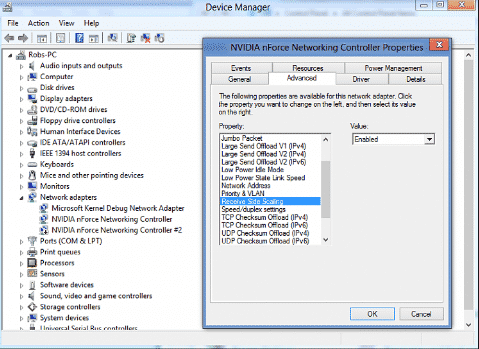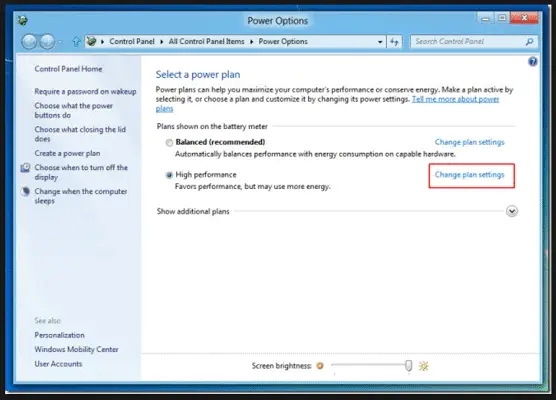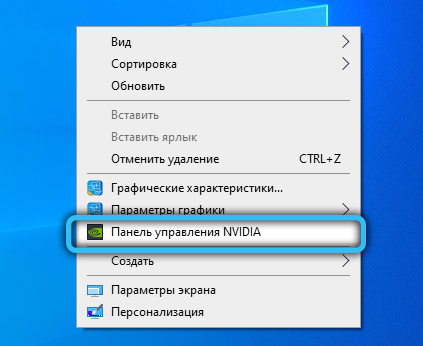


NVIDIA POWER MANAGEMENT FULL
This is especially the case as well that boost 3.0 ramps up much more agressive than boost 2.0, my card only needs to be at 60% load or so and then it will be at full max boost speed. In the past I have only really used max performance to stabilise my previous gtx970 as it was unstable sometimes at intermediate clocks between 2d and 3d base speed so rthis stabilised the card, on my 1070 I have never needed to use the performance mode and always keep it at adaptive. Optimal - Default mode on latest drivers, It seems to be less agressive on ramping up clock speeds with the aim of more power savings, in my experience its performance affecting so I do not use it. here and the CUDA cores, or SP, in NVIDIA discrete GPUs, for example. Max performance - this will not let the clocks fall below 3d base clocks (it doesnt pin it at max boost clocks), between 3d base clocks and max boost clock it works the same as adaptive.Īdaptive - The default mode on older drivers, it will adjust clock speeds depending on the load put on the card, in my experience this does not cause any performance issues in most games. It has its own power management and clock domain independent from other cores.

But for a 1 second pause once in a while, I don't think it's worth it. Nvidia Control Panel > Manage 3D Settings > Global Settings > Program Settings If you set the 'Power Management Mode' in the Global Settings to 'Prefer Maximum Performance' you will still experience power saving on at least the desktop, you can verify this with GPU-Z, AIDA64 and maybe MSI Afterburner (Clock speeds will drop when.
NVIDIA POWER MANAGEMENT DRIVERS
You could try re-installing Windows 10 and only loading the graphics drivers and the game and see if it still does it.

You will need to figure this one out yourself. We can guess over and over and still be wrong. We don't know all of the history of your computer. Nobody here can give you an answer for that reason. The bottom line is that there are simply too many possible reasons for your FPS drops. You own a legit copy of Windows 10, right? I could be wrong, but I don't have any non-activated Windows 10 installations so I can't prove it. The core clock on idle (nothing opened, just MSI afterburner) is 300 mhz. (at least for me) (Idle nothing opened, even not a chrome browser) Example: So lets say I turn on the computer with optimal performance power management mode in NVCP.
NVIDIA POWER MANAGEMENT PC
What was the CPU usage during this time period? What background programs/services do you have running? Are you sharing Windows 10 updates with other computers in your network? Is Windows 10 Store running and updating? So many possibilities.Īlso, why haven't you activated Windows yet? I'm going to go out on a limb and say that Windows 10 is the cause of the short drop in FPS because it is checking activation status periodically. That changing NVCP power management mode does not applied to idle without PC restarting. This is happening at such a speed that the user will not experience a change in performance, but will know that every watt of battery power is being conserved.Why are you convinced the issue is related to the power setting? If you are convinced, why not try each setting and see what it does? Try it out for yourself. When a certain processor engine is not in use or is not required to run full bore, these digital watchdogs will turn them down. Intelligent digital watchdogs monitor the power utilization in various parts of the GPU. PowerMizer technology will intelligently adapt itself to suit the performance needs of the application. Some office applications like word processors and spreadsheets require less processing than is necessary for an immersive 3D gaming experience or for viewing a crystal clear high definition video. NVIDIA PowerMizer technology is an intelligent power management solution available on all NVIDIA graphics processing units (GPUs) that can effectively extend battery life and reduce wasted power all while providing performance on demand even while plugged in the wall. The ultimate goal of PowerMizer technology is to optimize power use for the longest battery life in a notebook PC while providing the performance necessary for the task at hand. What's so SMART about PowerMizer Mobile Technology? Helps the notebook run cooler and quieter under normal operating conditions by dissipating less heat in the GPU.Runs in the background to provide the best balance of performance and battery life.Intelligently adapts performance based on a user's needs so it saves power even when the notebook is plugged into the wall.NVIDIA® PowerMizer® technology is an intelligent power management solution available on all NVIDIA graphics processing units (GPUs) that can effectively extend battery life and reduce wasted power – all while providing performance on demand even while plugged in the wall. As the world is faced with ever increasing demands on its resources, every opportunity to eliminate wasted power can help.


 0 kommentar(er)
0 kommentar(er)
